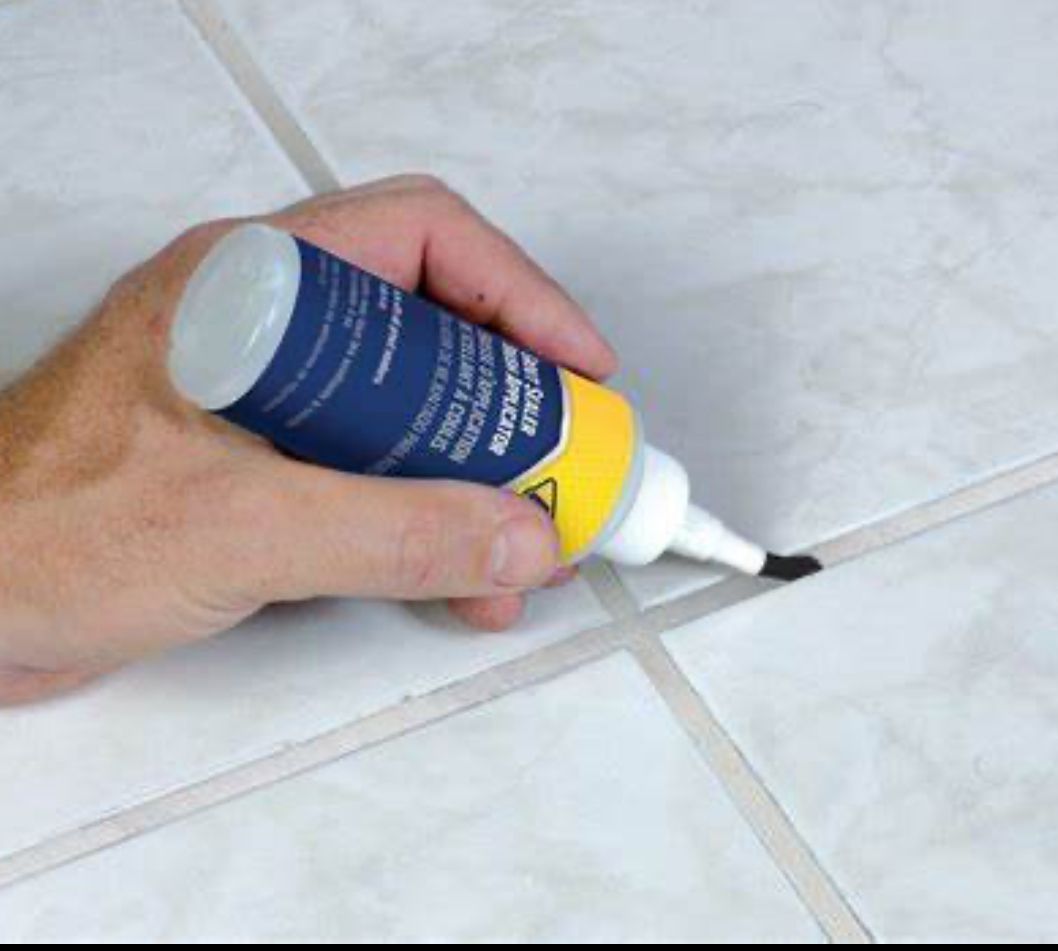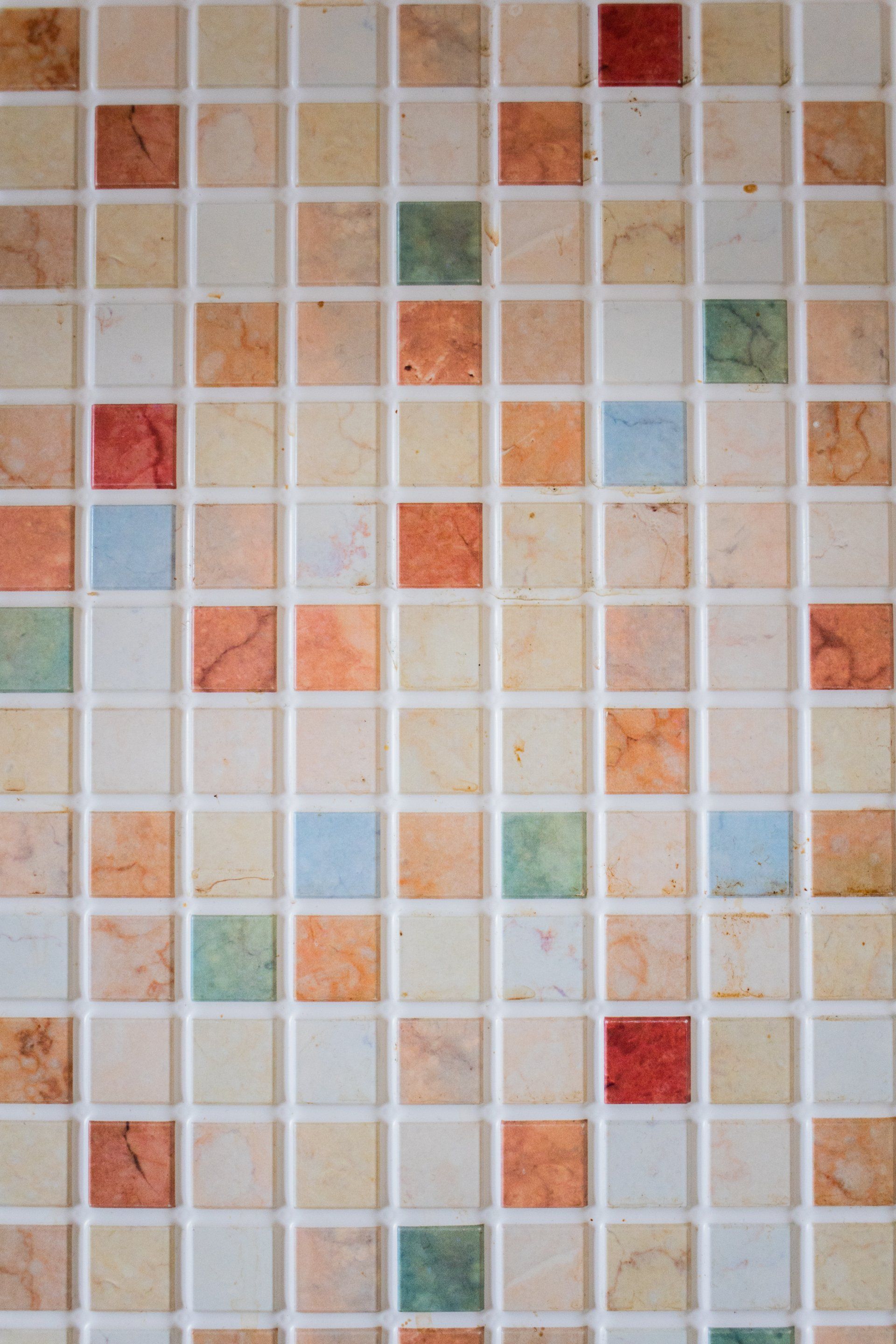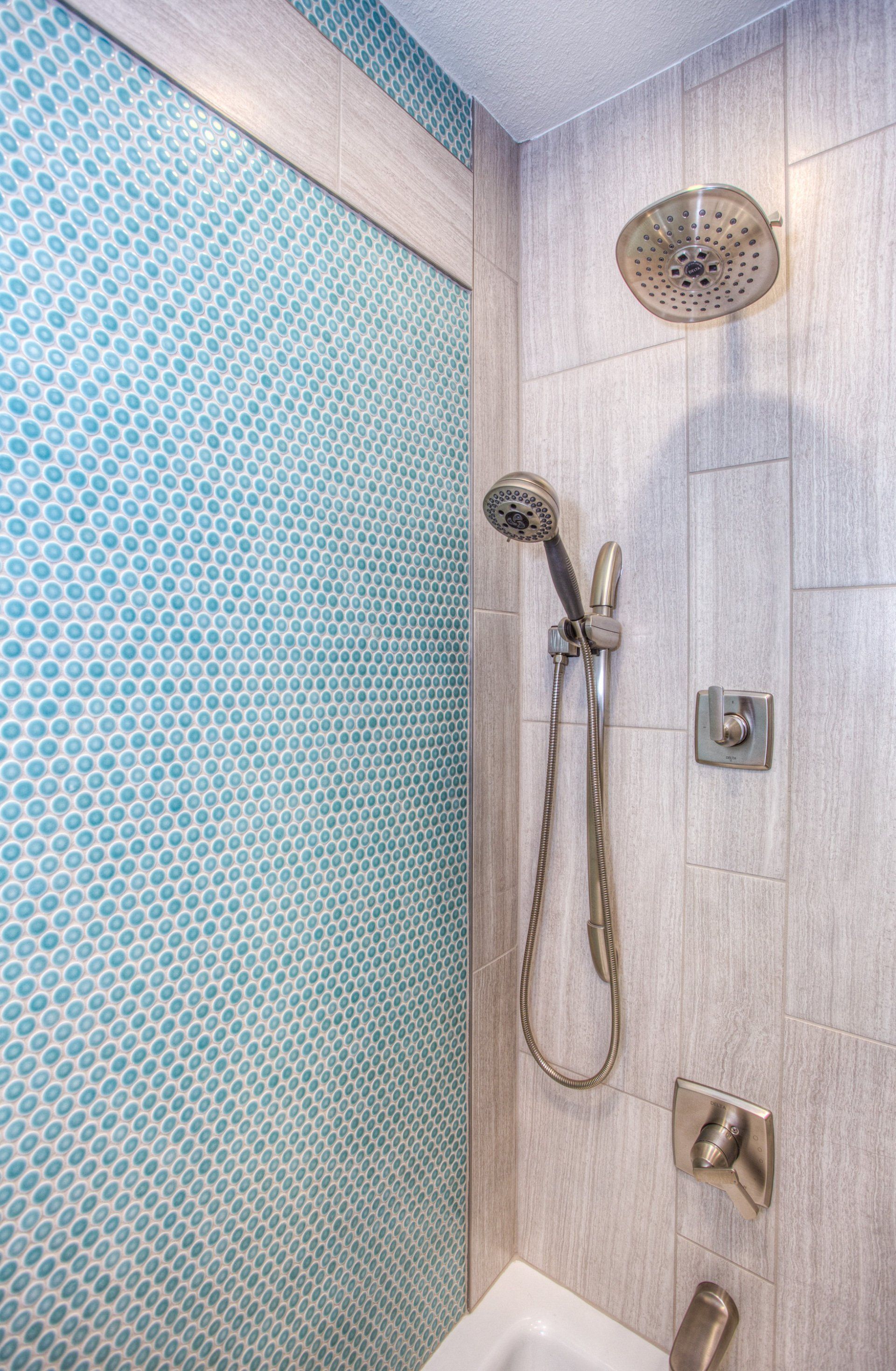Comprehensive Guide On Sealing Grout
Comprenhensive Guide On Grout Sealing

The process of sealing grout is a crucial step in maintaining the integrity and appearance of tiled surfaces. Grout sealer is designed to protect the grout lines from moisture, dirt, grime, and stains that can lead to deterioration and discoloration1. This comprehensive guide will cover the basics of grout sealing, the different types of sealers, application methods, and maintenance tips.
Importance of Sealing Grout
Grout is a porous material susceptible to absorbing contaminants, making it essential to seal it2. Sealing grout prevents moisture and debris from penetrating the surface, ensuring its durability and longevity. Cement-based grout, in particular, requires regular sealing to maintain its integrity and prevent wear and tear3.
When to Reseal Grout
Regular resealing of grout is recommended, with most experts suggesting resealing once a year4. Areas exposed to high moisture or heavy traffic may require more frequent maintenance. Testing the grout's seal by applying water drops can determine the need for resealing5.
Steps to Seal Grout
1. Cleaning the Grout
- Thoroughly clean grout lines to remove dirt and debris before sealing6.
2. Choosing the Right Sealer
- Select a penetrating sealer for wet areas like bathrooms and a membrane-forming sealer for kitchens7.
3. Application of Sealer
- Use brushes, rollers, or sponges to apply the sealer, ensuring even coverage on the grout8.
4. Testing and Reapplication
- Perform tests to ensure proper sealing and reapply if necessary based on moisture penetration9.
5. Maintenance and Reapplication
- Regularly clean and reseal grout every six months to a year to maintain its appearance10.
Conclusion
Sealing grout is a fundamental aspect of tile maintenance, offering protection against moisture, stains, and deterioration. By following the proper steps for cleaning, choosing the right sealer, and consistent reapplication, you can ensure your grout remains in optimal condition for years to come.
Remember, proper maintenance, including regular cleaning and resealing, is key to preserving the integrity and aesthetics of your tiled surfaces. Stay proactive in caring for your grout to enjoy long-lasting and beautiful tiled spaces.



